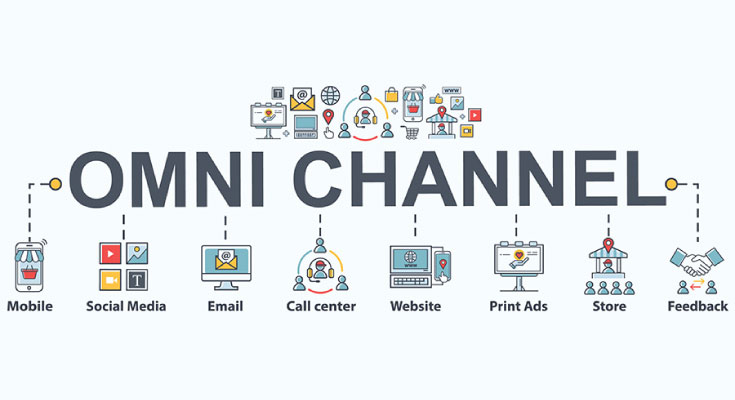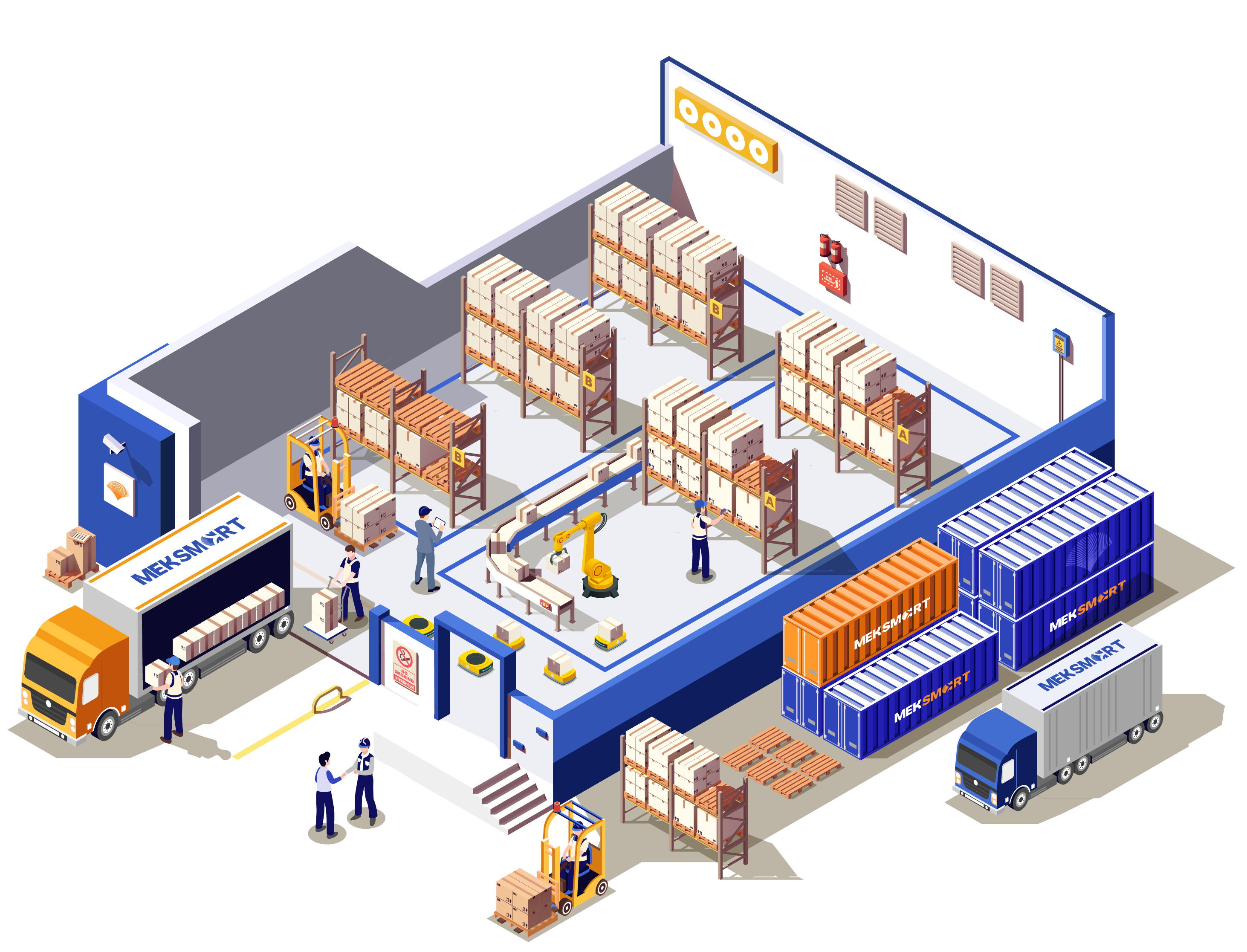MEKSMART
GENERAL NEWS
Author: Meker Meksmart
Update: 26/09/2022
OMNICHANNEL CUSTOMER EXPERIENCE IN RETAIL’S NEW NORMAL
In the post-pandemic period, there are some significant changes in omnichannel customer experience. What are they? And how do they affect the retail industry? Let’s find out in today’s article.
Omnichannel Customer Experience in Retail’s New Normal
#1. Customer Convenience Centric Trend
The customer-centric trend is noticeable in today’s retail industry. Many aim to provide consumers with a range of fulfillment options irrespective of channels. This trend has become a game changer for consumers when deciding to engage with which brands or go shopping at which shops.
#2. Agile and Adaptive
For merely every customer today, the journey of buyers is not isolated or linear to one channel. All things fall on a continuum of interactions, leading to a sale at any point and in any form.
A customer can purchase it online or pick it up at stores. Another might browse online and schedule an appointment with stores to get a trial of the items.
Meanwhile, there are some customers shopping and buying 100% digitally. To stay competitive, stores and retailers better provide as many fulfillment and shopping options as possible to boost engagement optimally.
That said, the legacy tech system makes the conduction of those missions labor-intensive and time-consuming. In spite of the best efforts of store teams, the results are still suboptimal in terms of customer experiences.
Giving consumers personal service and numerous choices while keeping profitability requires real omnichannel operations.
In other words, it is best to leverage shops as micro-fulfillment centers with optimal picking processes, delivering comprehensive inventory management and visibility.
Briefly, success demands the technology developed to meet the demands and the opportunities of the omnichannel world.

#3. Consumers Create The Rules
It is inadequate to only have great products and a distinctive brand. The latest years have accelerated the development of fulfillment methods and online shopping such as in-store pickup, online shopping, and home delivery, to name a few.
These options appear to be permanent fixtures and are considered indispensable means for retailers to stay competitive and survive in the industry.
Checklist for Retailers to Gain Customer Engagement
A successful retailer needs to enable consumers to be able to do the following things:
- Browse the limitless aisle so that customers can seek what they want easily
- Select from the business view of inventory in real-time
- Purchase via any channel
- Able to select any delivery speed and fulfillment options
- Utilize numerous payment methods including contact-free ones or pay-by-link counterparts
- Able to apply for promotions in any channel
- Use digital self-service choices after buying, consisting of real-time updates of the orders, effortless cancellations, or access to in-store customer experiences.
Wrapping Up
Modern customers do not just expect more in terms of the place or the way to do the shopping. They tend to prefer retailers who can deliver individualized services and support in a timely manner or provide a good customer experience.
An optimal approach to gaining the engagement of consumers demands more than basic promotions and mass emails. Retailers are better to give consumer service reps and shop associates access to a complete view of the consumer, including past purchases, returns, wish lists, social interactions, etc.













